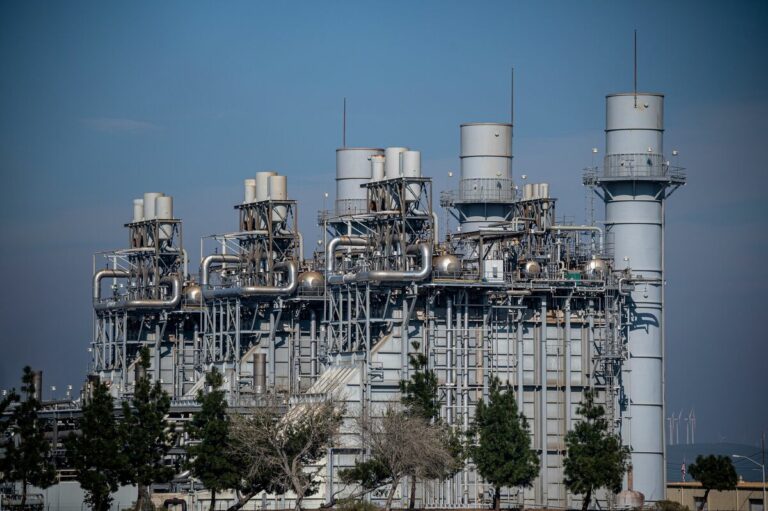The real cost of anti-pipeline activism
The Roanoke Times published an op-ed by GAIN spokesman Craig Stevens emphasizing the importance of natural gas in our every day lives and the need to grow our country’s energy infrastructure network. Stevens notes that the US hit a record high natural gas use in 2018 – largely due to natural gas’ role in producing electricity. It is responsible for heating our homes, schools, and hospitals in cold winter months as well.
Despite natural gas’ essential role – environmental activists and anti-pipeline protesters continue to oppose the safe, permitted construction of energy infrastructure projects. Stevens describes these efforts, writing:
These activists practice a range of tactics to protest the construction of midstream pipelines. Their goal is to do anything that will draw media attention, even if it puts lives in danger. They sit in trees in the path of builders, break into pipeline facilities to shut off oil valves, attack equipment with blowtorches, and even chain themselves to cranes.
These efforts are not the local, grassroots movements they’d like the public to believe. Protests are carefully coordinated to cause as much disruption as possible. For example, opponents of the Mountain Valley Pipeline in Virginia recently met with environmental activists from Germany to learn more about tactics that “complicate police efforts” and “draw media attention to their cause.” They have rightfully earned the nickname “eco-terrorists.”
Protesters rely heavily on misinformation about pipeline safety. Studies have confirmed again and again that pipelines are the safest, most efficient, and most environmentally friendly way to move oil and gas. Yet, activists put themselves, law enforcement, and the public in danger to protest this “dangerous” infrastructure. Eco-terrorist ideology proves they’re not actually concerned about pipeline safety, just that they are willing to threaten public safety to keep fossil fuels in the ground.
These protest tactics are typically unsuccessful in actually stopping pipeline construction – but they do impose hefty expenses on taxpayers. For example, North Dakotans had to pay more than $38 million in law enforcement and other related expenses after the Dakota Access Pipeline protests of 2016 and 2017. With the rhetoric and campaigns promoted by pipeline opposition – these types of mass gatherings could seemingly arise to combat any pipeline’s construction. Stevens concludes:
It’s doubtful activists consider the multi-faceted uses for these fuels before they take a blowtorch to pipeline equipment. Natural gas, for example, is responsible for producing more than 25 percent of the U.S.’s electric power. Even electric vehicles rely on natural gas. What’s more, the increased use of natural gas — especially in electricity generation — is actually improving our environment. The United Nations Intergovernmental Panel on Climate Change and the EIA attributed natural gas use to helping the U.S. cut carbon emissions and lead the world in emissions reduction. Natural gas is the best bridge to a clean and reliable energy future.
Environmental protesters are free to “speak their truth.” But it’s important to weigh their rhetoric against the heavy burden of energy consumers, taxpayers, and law enforcement. No matter your ideology or political position, life relies on oil and natural gas for clean, affordable energy.

